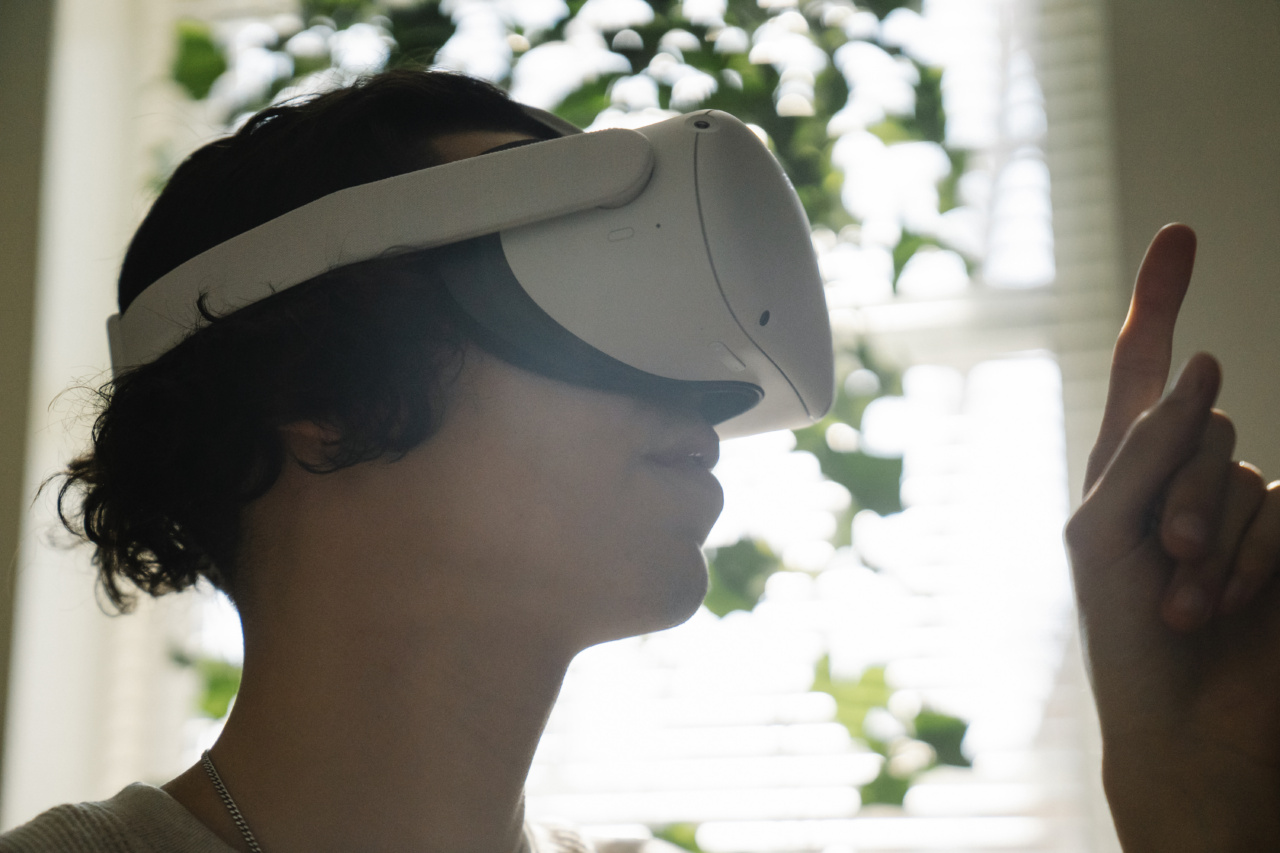Cheating is a common issue in various aspects of life, including academic settings, relationships, and professional environments. Many factors contribute to cheating behavior, such as personal values, social pressures, and individual characteristics.
In recent years, researchers have started exploring the connection between visual types and cheating tendencies. This article delves into the relationship between visual types and cheating, shedding light on how certain visual types may be more predisposed to engage in cheating behavior.
Understanding Visual Types
Visual types, also known as visual learners, are individuals who have a preference for visual stimuli and perceive and process information primarily through visual means.
They are more likely to remember things when they see them rather than hear or touch them. Visual learners tend to think in pictures and rely on visual aids, such as diagrams, charts, and graphs, to comprehend information effectively.
The Science Behind Cheating Behavior
Cheating is a complex behavior influenced by various psychological and sociological factors.
While some individuals cheat due to situational pressures or a lack of moral compass, others may engage in cheating because of cognitive processes and personality traits. In recent studies, researchers have begun exploring the role of visual types in cheating behavior, raising intriguing questions about the connection between these two phenomena.
Visual Types and Academic Cheating
Academic cheating is a prevalent issue in educational institutions worldwide. Students resort to cheating for various reasons, including the desire to secure better grades, reduce academic pressure, or simply due to a lack of preparedness.
Recent research suggests that visual learners may have a higher inclination towards engaging in academic dishonesty.
The Influence of Visual Thinking
Visual learners primarily rely on pictures, diagrams, and other visual aids to understand and retain information.
As a result, when faced with a challenging academic task, visual learners may be more prone to cheating as they struggle to process and recall information solely from memory. The temptation to resort to dishonest methods, such as copying from peers or using unauthorized resources during exams, can be stronger for visual learners.
Memory and Recall
Memory processes play a crucial role in cheating behavior. While all individuals may experience memory lapses or difficulties to some extent, visual learners’ reliance on visual cues and aids may impact their memory functioning.
The struggle to remember factual details, formulas, or concepts during tests might lead visual learners to cheat as a means of compensating for their memory shortcomings.
Social Pressure and Conformity
In addition to cognitive factors, social dynamics also contribute to cheating behavior. Visual learners may face significant pressure to conform to their peers’ cheating habits.
Observing classmates engaging in dishonest practices, such as copying answers or using unauthorized aids, can influence visual learners to partake in cheating themselves. This social pressure amplifies when the visual learners believe that cheating is necessary to achieve better grades or maintain their academic reputation.
Visual Types and Cheating in Relationships
Cheating extends beyond academic settings and can also affect personal relationships.
While visual types may not exhibit a direct connection to cheating in relationships, their cognitive and visual processing differences might impact their involvement in infidelity.
Novelty-Seeking Behavior
Visual learners’ tendency to seek visual stimuli and their inclination towards novelty may make them more susceptible to engaging in extramarital affairs or exploring new romantic relationships while being committed to a partner.
The desire for new experiences and visual stimulation might lead visual learners to compromise their current relationship, contributing to a higher likelihood of cheating.
Impulsivity and Risk-Taking
Certain visual learners may exhibit impulsivity and a higher propensity for risk-taking behaviors compared to other cognitive types.
These personality traits can increase the likelihood of engaging in cheating behavior, both academically and in relationships. Visual learners who prioritize immediate gratification and excitement may succumb to the temptation of cheating without fully considering the consequences of their actions.
Implications for Professionals
The connection between visual types and cheating behavior extends beyond academic and personal environments.
In professional settings, individuals with a visual learning preference may exhibit certain tendencies that can lead to unethical behavior and breaches of trust.
Ethical Decision-Making
Visual learners’ reliance on visual cues and sensory information can impact their decision-making process, particularly when ethical dilemmas arise.
The preference for visual stimuli might drive visual learners to prioritize immediate benefits or short-term gains, potentially compromising their ethical judgment. This can lead to increased instances of cheating or engaging in unethical practices in the workplace.
Attention to Detail
While visual learners excel in processing visual information, they may display difficulties in attending to fine details or maintaining focus on intricate tasks.
This aspect can be particularly problematic in professions that require careful attention to detail, such as auditing or legal work. The temptation to cut corners or rely on inaccurate visual representations can lead to errors or even deliberate deception.
Conclusion
The connection between visual types and cheating behavior is a complex and multifaceted phenomenon.
While visual learners’ cognitive preferences and reliance on visual stimuli may contribute to a higher propensity for engaging in cheating behavior, it is crucial to avoid generalizations and recognize that not all visual learners will exhibit these tendencies. Understanding the potential relationship between visual types and cheating can aid educators, psychologists, and professionals in developing strategies to deter cheating and promote ethical behavior.






























